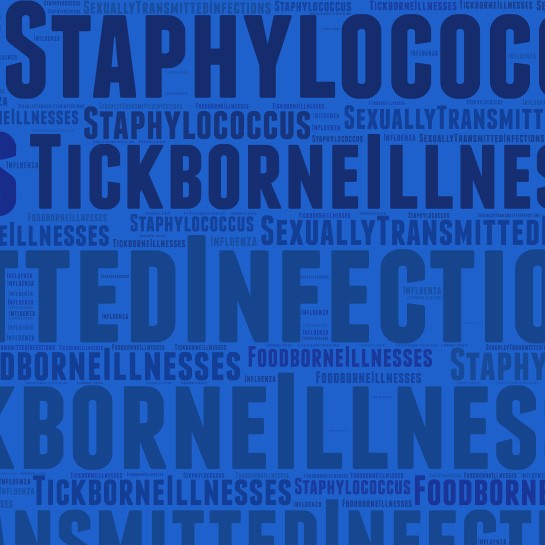Symptoms and Treatment
for Rheumatic Fever
What is rheumatic fever?
Rheumatic fever is an inflammatory disease that typically develops as a complication of strep throat or scarlet fever (which are caused by Group A Streptococcus bacteria) that hasn’t received proper treatment. This disease can affect the heart, joints, skin, and brain and mainly affects children between the ages of six and 15, approximately 20 days after having strep throat or scarlet fever. Although rheumatic fever is common worldwide and responsible for many cases of damaged heart valves, the latest outbreak in the United States was in the 1980s.
What are the symptoms of rheumatic fever?
Rheumatic fever symptoms will vary in severity, and they’ll also change during the disease. Usually, around two to four weeks after a strep throat infection, symptoms of rheumatic fever may include:
- Abdominal pain
- Fever
- Heart problems, which may not have symptoms, or may result in shortness of breath and chest pain
- Joint pain mainly in the knees, elbows, ankles, and wrists
- Joint swelling, redness, or warmth
- Nosebleed (epistaxis)
- Skin nodules
- Skin rash (known as erythema marginatum) on the trunk and upper part of the arms or legs, or eruptions that look ring-shaped or snake-like
- Sydenham’s chorea, which is marked by emotional instability, muscle weakness, and quick, uncoordinated, or jerky movements of the face, feet, and hands
How does ID Care diagnose rheumatic fever?
Although there is no single test to diagnose rheumatic fever, ID Care specialists can accurately confirm whether or not an individual has the disease based on medical history, physical exams, and results from blood tests, electrocardiogram (ECG or EKG), or an echocardiogram.
How does ID Care treat rheumatic fever?
Your treatment at ID Care is designed to destroy remaining streptococcal bacteria, relieve painful symptoms, control inflammation, and prevent recurrence. Typically, our specialists prescribe antibiotics (e.g., penicillin), anti-inflammatory treatments, or anticonvulsant medications to meet these goals for treatment.
SOURCE: Mayo Clinic




